This scheme significantly improves the frequency-time resolution of spectra, yielding elaborate HOM interference which enables the selective access of stimulated Raman scattering. In addition, no grating is required for detection, simplifying the experimental setup.
Tag: quantum entanglement
Revealed: Quantum Entanglement among Quarks
Collisions of high energy particles produce “jets” of quarks, anti-quarks, or gluons. The quarks can’t be directly detected, but simulations indicate that the jets modify the quantum vacuum and that the produced quarks retain entanglement.
Research group detects a quantum entanglement wave for the first time using real-space measurements
A team from Aalto University and the University of Jyväskylä have created an artificial quantum magnet featuring a quasiparticle made of entangled electrons, the triplon.
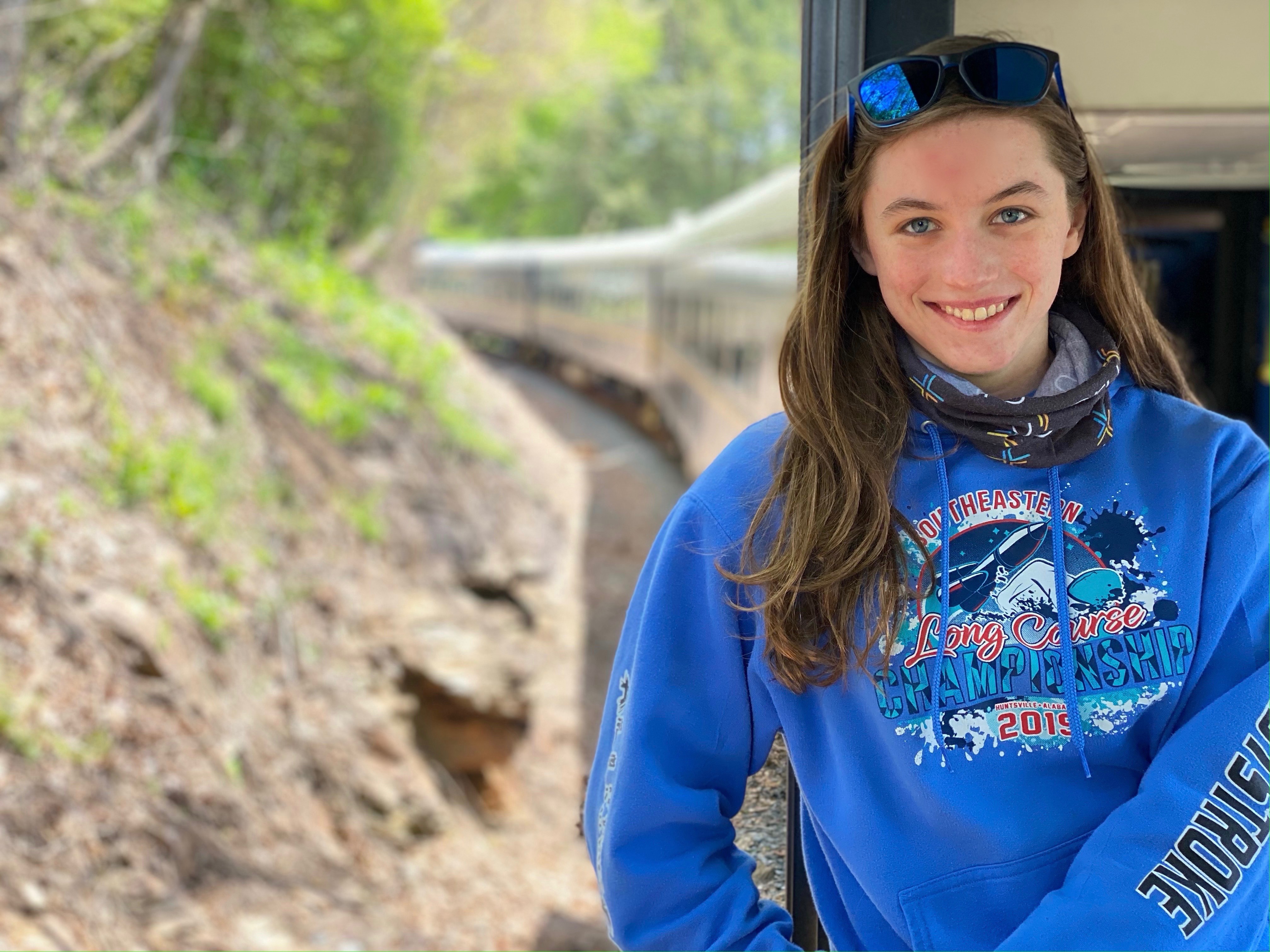
2023 grad Ella James to continue physics studies at UAH with National Defense and Science and Engineering Fellowship
Ella James, who received a Bachelor of Science in physics from The University of Alabama in Huntsville (UAH) in spring 2023, has been awarded a National Defense and Science and Engineering (NDSEG) Fellowship, which she will use for graduate studies at UAH, a part of the University of Alabama System. “It’s three years of tuition for graduate school,” James says.
New Type of Entanglement Lets Scientists ‘See’ Inside Nuclei
Nuclear physicists have found a new way to use the Relativistic Heavy Ion Collider (RHIC)—a particle collider at the U.S. Department of Energy’s (DOE) Brookhaven National Laboratory—to see the shape and details inside atomic nuclei. The method relies on particles of light that surround gold ions as they speed around the collider and a new type of quantum entanglement that’s never been seen before.
Spin correlation between paired electrons demonstrated
Physicists at the University of Basel have experimentally demonstrated for the first time that there is a negative correlation between the two spins of an entangled pair of electrons from a superconductor.
New measurements quantifying qudits provide glimpse of quantum future
Using existing experimental and computational resources, a multi-institutional team has developed an effective method for measuring high-dimensional qudits encoded in quantum frequency combs, which are a type of photon source, on a single optical chip.
Spilling the Secrets of Quantum Entanglement
Scientists recently tested the ability of three techniques called entanglement witnesses to accurately identify pairs of entangled magnetic particles. Of the three, quantum Fisher information (QFI) performed best, routinely locating entanglement in complex materials. This work is the most thorough examination of QFI’s capabilities to date and is the first to apply QFI to massive solid materials.
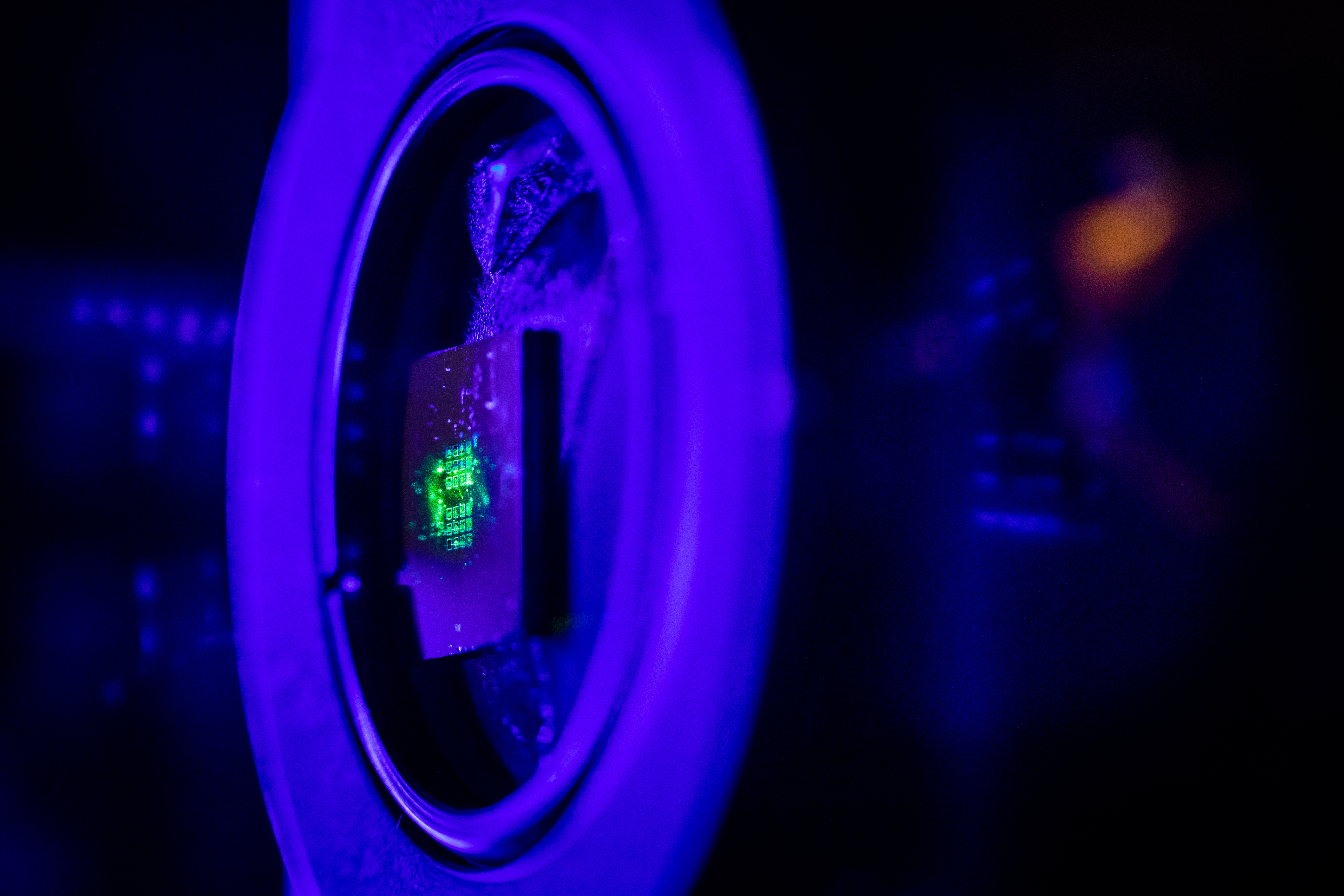
Through the quantum looking glass
An ultrathin invention could make future computing, sensing and encryption technologies remarkably smaller and more powerful by helping scientists control a strange but useful phenomenon of quantum mechanics, according to new research recently published in the journal Science.
Key witness helps scientists detect ‘spooky’ quantum entanglement in solid materials
Quantum entanglement occurs when two particles appear to communicate without a physical connection, a phenomenon Albert Einstein famously called “spooky action at a distance.” Nearly 90 years later, a team led by the U.S. Department of Energy’s Oak Ridge National Laboratory demonstrated the viability of a “quantum entanglement witness” capable of proving the presence of entanglement between magnetic particles, or spins, in a quantum material.
Science Snapshots from Berkeley Lab
An experiment to study gravity at the quantum scale, insights into an antibiotic-building enzyme, and the backstory of an incredible new protein prediction algorithm are featured in this month’s roundup of science highlights.
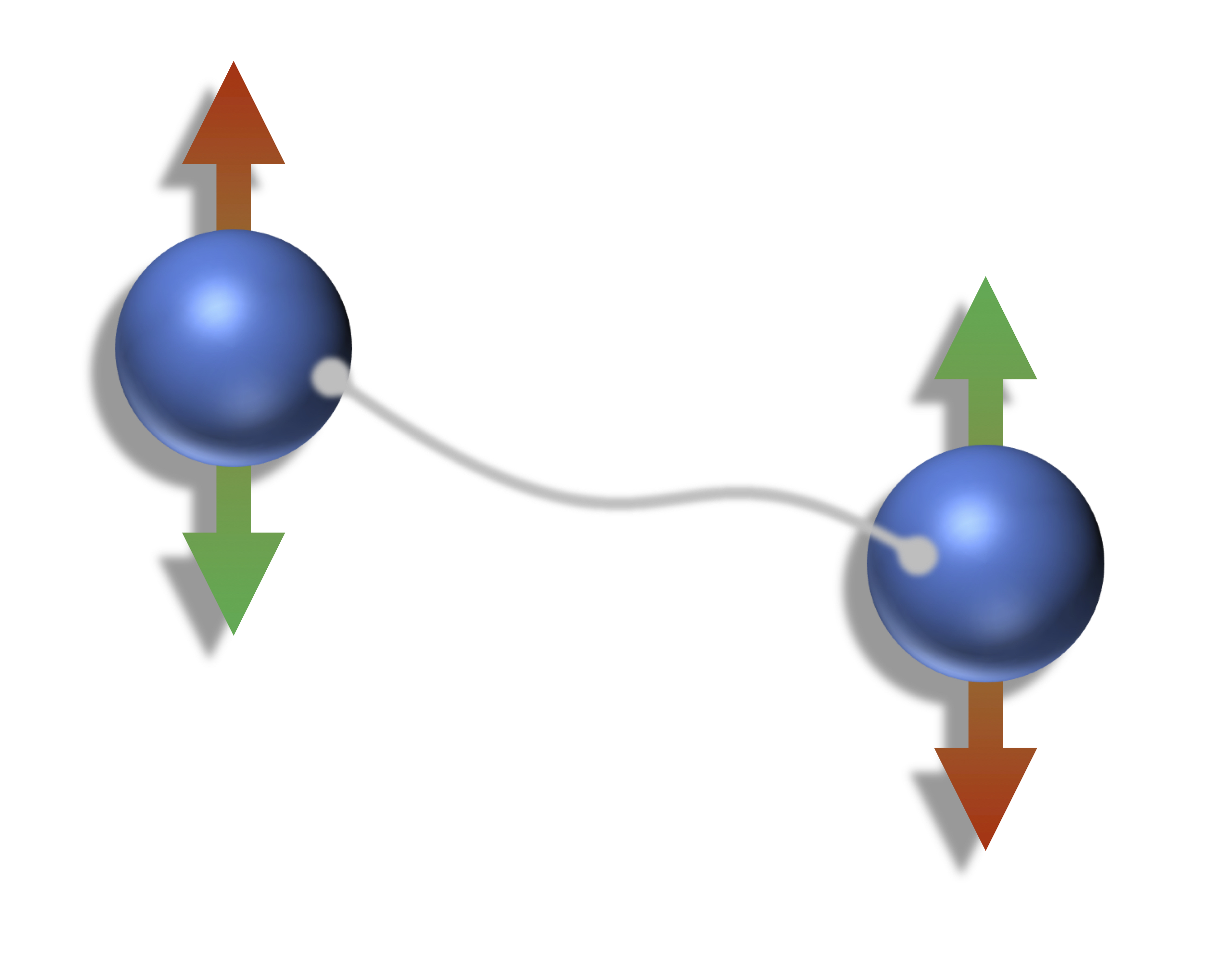
How a Magnet Could Help Boost Understanding of Superconductivity
Physicists have unraveled a mystery behind the strange behavior of electrons in a ferromagnet, a finding that could eventually help develop high temperature superconductivity. A Rutgers co-authored study of the unusual ferromagnetic material appears in the journal Nature.
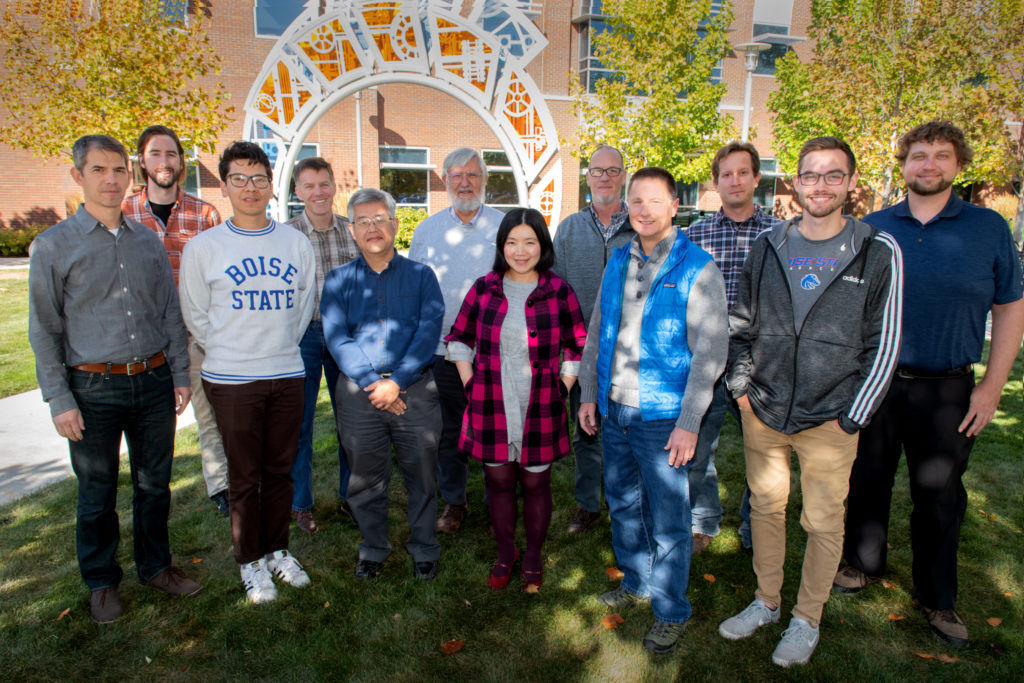
Interdisciplinary team awarded grants to pursue quantum computing and entanglement research
Two grants awarded to Boise State researchers to create, corral and control the elusive molecular exciton. The research team is pioneering the use of DNA as a programmable, self-assembling architecture to organize dye molecules for creating and controlling room temperature exciton quantum entanglement.
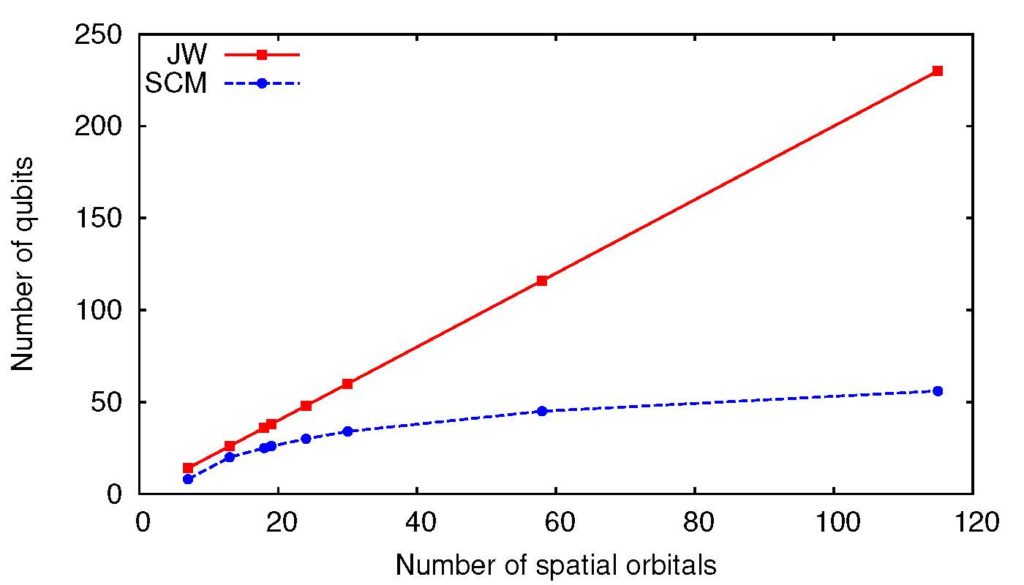
Symmetries in Physical Systems Help Optimize Quantum Computing
At the AVS 66th International Symposium and Exhibition, Oct. 20-25, Daniel Gunlycke will present a study on using symmetry to reduce the effects of random quantum entanglement in quantum computing applications. When deliberate, quantum entanglement can make algorithms more powerful and efficient, but uncontrolled entanglement adds unnecessary additional complexity to quantum computing, making algorithms suboptimal and more prone to error. Gunlycke says by reducing the frequency of accidental entanglements, quantum computing can be improved.

Department of Energy Announces $21.4 Million for Quantum Information Science Research
The following news release was issued on Aug. 26, 2019 by the U.S. Department of Energy (DOE). It announces funding that DOE has awarded for research in quantum information science related to particle physics and fusion energy sciences. Scientists at DOE’s Brookhaven National Laboratory are principal investigators on two of the 21 funded projects.